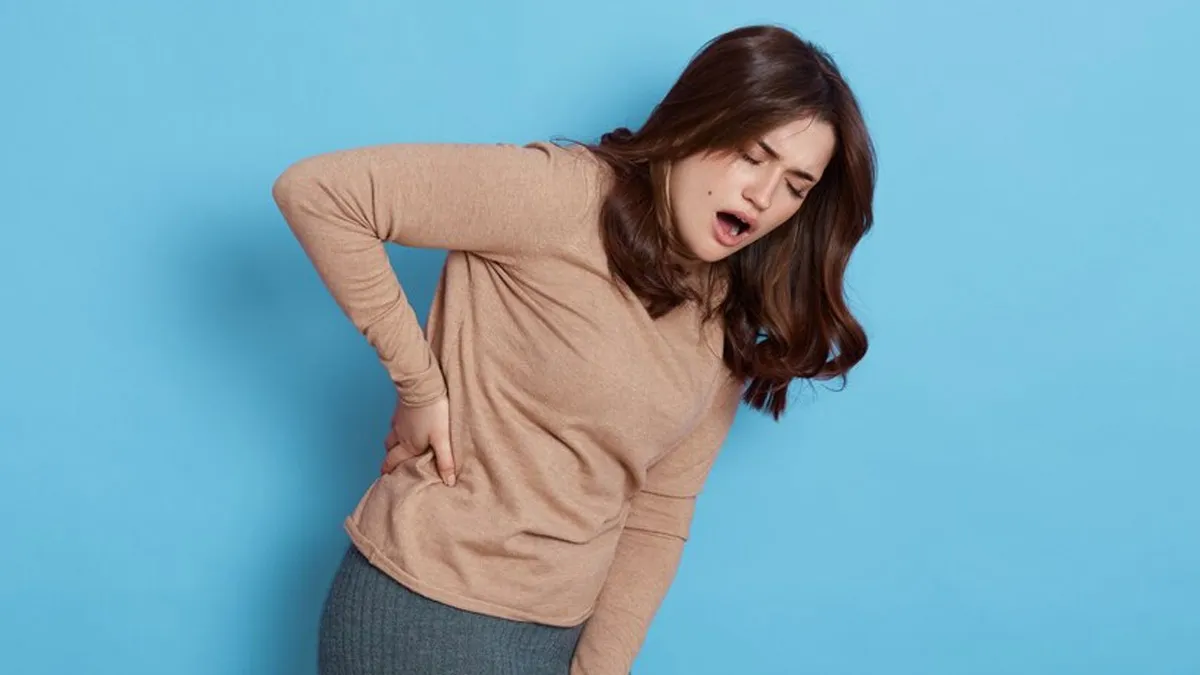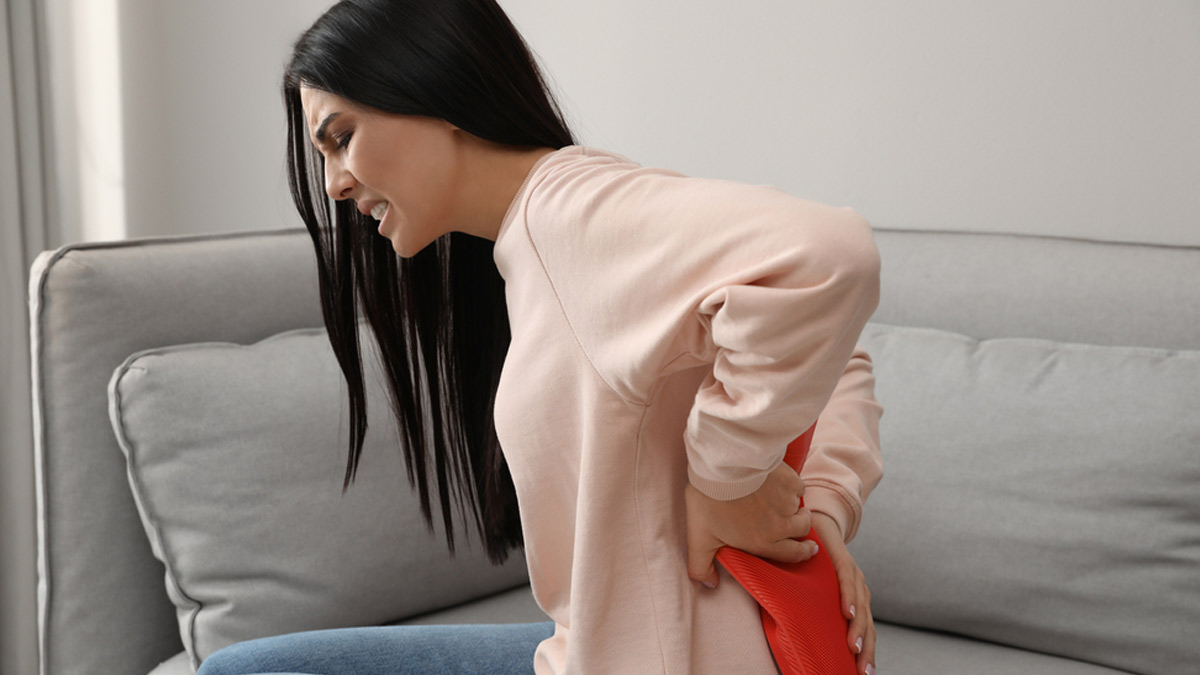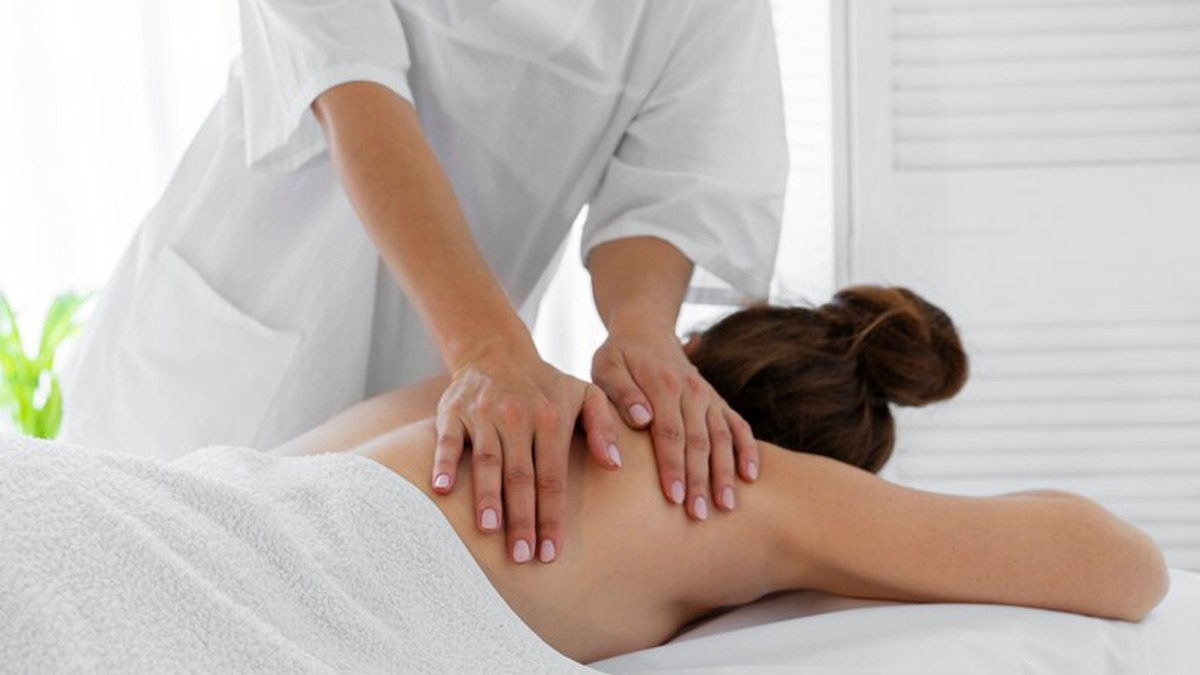
Periods bring physical and emotional changes, often leaving women coping with cramps, nausea, mood swings, and body aches. Among these challenges, lower back pain is one of the most common and bothersome issues that many women face. It’s not just a dull ache, for some, it can feel like an unrelenting pressure that disrupts their ability to focus, work, or even relax. But what exactly causes this nagging back pain during menstruation? While it may seem like an unavoidable part of the monthly cycle, understanding its underlying causes can help you to manage it better.
Table of Content:-
To understand the causes behind the lower back pain during periods, OnlyMyHealth team interacted with Dr Chetna Jain, Director of the Department of Obstetrics & Gynaecology, Cloudnine Group of Hospitals, Gurgaon.
Causes of Lower Back Pain During Periods
Dr Chetna Jain explains, “Lower back pain during menstruation is a common issue experienced by many individuals. This discomfort is often due to natural physiological processes that occur during the menstrual cycle.”
Here are some key factors contributing to this pain:

1. Uterine Contractions
According to PubMed, during menstruation, the uterus contracts to shed its lining, a process triggered by prostaglandins, hormone-like substances. Dr Jain said, “High levels of prostaglandins can cause intense uterine contractions, radiating pain to the lower back.”
2. Inflammation and Prostaglandins
Prostaglandins not only cause contractions but also promote inflammation. This inflammation can impact surrounding muscles and ligaments, resulting in lower back pain.
3. Hormonal Changes
“Fluctuations in hormone levels, especially the drop in progesterone and oestrogen before menstruation, can heighten pain sensitivity, making discomfort more pronounced,” Dr Jain explained.
4. Referred Pain
The nerves in the pelvic region are closely connected to the lower back. Pain originating in the uterus or pelvic area can travel to the lower back, intensifying discomfort.
5. Pre-existing Conditions
According to Dr Jain, “Conditions such as endometriosis, fibroids, or pelvic inflammatory disease (PID) can exacerbate lower back pain.” Severe or persistent pain may require medical intervention to rule out these underlying issues.
Also read: Women With Depression May Have More Painful Periods, Study Suggests
Expert Tips to Alleviate Lower Back Pain During Periods
While menstrual pain can be challenging, there are several effective ways to manage it. Dr Jain shares practical advice for finding relief:

1. Apply Heat
Using a heating pad or hot water bottle on your lower back can help relax muscles, improve blood flow, and reduce cramping. Heat therapy is a simple yet effective remedy for immediate relief.
2. Exercise and Stretching
Light physical activity, such as yoga or walking, can release endorphins, the body's natural painkillers. Dr Jain recommended, “Stretching exercises like Child’s Pose or Cat-Cow can specifically target lower back tension and ease discomfort.”
3. Over-the-Counter Pain Relievers
Dr Jain said, “Nonsteroidal anti-inflammatory drugs (NSAIDs), such as ibuprofen, can lower prostaglandin levels, alleviating contractions and inflammation.” However, she emphasised that these should be taken as per your doctor’s prescription.
4. Massage Therapy
Massaging the lower back with essential oils like lavender or peppermint can help relax tight muscles. The soothing effects of massage can significantly reduce pain.

5. Stay Hydrated
“Proper hydration can help reduce bloating and lessen the severity of cramps, indirectly alleviating lower back pain,” Dr Jain noted. Drinking plenty of water throughout the day is a simple yet beneficial practice.
6. Mind-Body Practices
Stress and anxiety can amplify pain perception. Techniques such as deep breathing, meditation, and acupuncture can help reduce stress and improve pain management.
7. Adjust Your Posture
Prolonged sitting or standing can strain the lower back. “Use ergonomic furniture, take frequent breaks, and maintain proper posture to avoid additional discomfort,” Dr Jain advised.
Also read: Expert Shares 5 Ways To Know If Your Menstrual Cramps Have Advanced Towards Endometriosis
When to See a Doctor
While mild to moderate pain is common during periods, severe or prolonged lower back pain could signal an underlying condition. Dr Jain advises seeking medical attention if your pain:
- Lasts beyond your period.
- Is accompanied by heavy bleeding or other unusual symptoms.
- Interferes significantly with your daily activities.
Conclusion
Lower back pain during menstruation is often a result of natural physiological processes. Dr Jain concluded, “Understanding the reasons behind this pain and how to manage it can help ease your monthly discomfort.” With self-care strategies such as heat application, exercise, and hydration, most discomfort can be effectively managed. However, if the pain persists or worsens, consulting a healthcare professional is essential to identify and address any underlying conditions.
Also watch this video
How we keep this article up to date:
We work with experts and keep a close eye on the latest in health and wellness. Whenever there is a new research or helpful information, we update our articles with accurate and useful advice.
Current Version